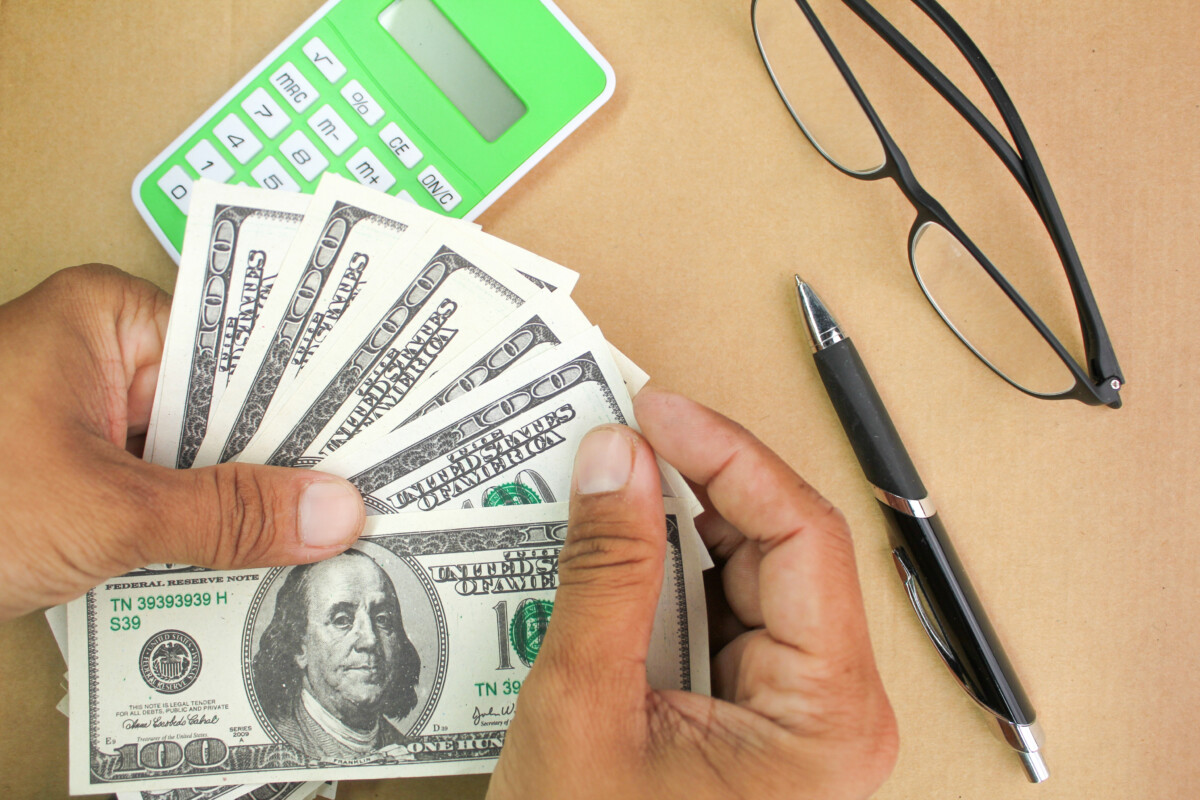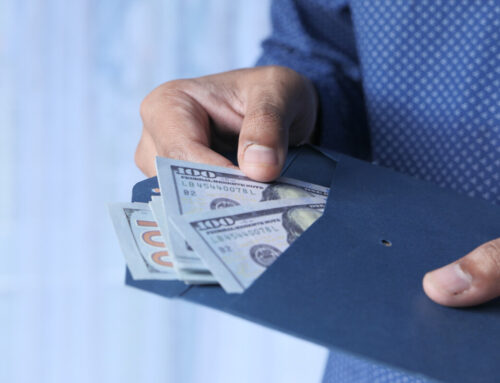
A cash advance can feel like a lifesaver during financial emergencies — but it’s also one of the most expensive borrowing options if not used carefully.
Before taking one, it’s essential to understand cash advance fees, cash advance APR, and the total cost of a cash advance.
This guide will help you break down the real price of borrowing, explain how lenders calculate fees, and offer smart ways to reduce costs.
If you’re searching for a transparent, low-risk cash advance, you can visit AdvanceCash or call (833) 501-3363 to learn more about safe and reliable borrowing.
What Is a Cash Advance?
A cash advance is a short-term loan that allows you to get quick access to money — often before your next paycheck or against your credit card limit.
There are two common types:
-
Credit Card Cash Advance — You withdraw cash from your card at an ATM or bank, but interest starts immediately.
-
Payday Cash Advance — A lender provides money upfront, which you repay with your next paycheck.
Both come with specific fees and APR that can make them costly if not managed carefully.
To avoid hidden charges, always read the full terms before borrowing. Trusted services like AdvanceCash make all costs clear and upfront.
Understanding Cash Advance Fees
Most lenders charge multiple fees when you take out a cash advance. These can quickly add up and affect your repayment. Let’s go through the main types:
1. Cash Advance Fee
This is a one-time charge when you take out the loan. For credit card cash advances, it’s often 3%–5% of the total amount.
For example:
-
Borrowing $500 might cost an extra $25 (at 5%).
-
Borrowing $1,000 might add $50 in fees.
2. ATM or Transaction Fee
If you withdraw through an ATM, the machine may charge an extra fee, typically around $3–$10 per transaction.
3. Interest Charges
Unlike normal purchases, interest on cash advances starts immediately — there’s no grace period. This can significantly increase your cost if you don’t repay quickly.
4. Late Payment Fee
If you miss your due date, expect an additional penalty fee. Late payments can also hurt your credit score.
5. Service or Processing Fee
Some lenders or third-party apps include small administrative charges. Always review these before accepting any loan.
Even though these costs may seem small individually, they add up quickly. That’s why knowing your cash advance APR (the total yearly cost of borrowing) is crucial.
For transparent rates and lower fees, apply through AdvanceCash or contact our experts at (833) 501-3363.
What Is Cash Advance APR (Annual Percentage Rate)?
The APR represents the yearly cost of borrowing money — including interest and fees.
Cash advance APRs are usually higher than regular credit card purchases or personal loans because they are short-term and carry more risk for lenders.
For example:
-
Credit card cash advance APRs can range from 24% to 36% or more.
-
Payday cash advances may appear smaller but, when calculated annually, can exceed 300%–600% APR.
Here’s a simple breakdown:
If you borrow $300 with a 15% fee and repay it in two weeks, your total cost might be $45. That equals an annualized interest rate over 300%.
Understanding this helps you see why it’s important to repay quickly and avoid rollovers.
When using AdvanceCash, all costs and APRs are clearly shown upfront — no hidden surprises. You can also call (833) 501-3363 for detailed information.
The True Cost of a Cash Advance
The cost of a cash advance includes not just the fees, but also the interest that keeps building every day until you pay off the balance.
Here’s a typical example:
-
Borrowed Amount: $500
-
Cash Advance Fee (5%): $25
-
APR (26%): Around $10 interest if paid in one month
-
Total Cost: $535
If you take longer to repay, the interest keeps growing. That’s why understanding both cash advance fees and cash advance APR helps you make smarter decisions.
To avoid these rising costs, consider making payments as early as possible — or explore flexible repayment plans with trusted lenders like AdvanceCash.
Why Cash Advances Cost More Than Regular Loans
Cash advances are fast and convenient, but they come at a price. The main reasons include:
-
Immediate access to cash: Faster processing often means higher service charges.
-
Higher risk for lenders: Short-term borrowers are more likely to default, so lenders charge more.
-
No collateral: Since most advances are unsecured, interest rates are higher to offset risk.
-
Instant funding convenience: The ability to get money within hours adds to overall fees.
This doesn’t mean all cash advances are bad. They’re helpful in emergencies — as long as you choose a regulated lender and plan repayments wisely.
You can always consult AdvanceCash or call (833) 501-3363 to discuss safe and affordable lending options.
How to Calculate the Real Cost of a Cash Advance
To estimate how much your cash advance will truly cost, follow these steps:
-
Identify the principal amount (the money you’ll borrow).
-
Add all upfront fees such as processing or ATM charges.
-
Find the APR or daily interest rate.
-
Estimate how long you’ll take to repay.
-
Use an online calculator or this simple formula:
Total Cost=Principal+(Principal×Interest Rate)+Fees\text{Total Cost} = \text{Principal} + (\text{Principal} \times \text{Interest Rate}) + \text{Fees}
Example:
Borrow $400 with a 25% interest rate and a $20 fee for 30 days.
Total Cost = $400 + ($400 × 0.25/12) + $20 ≈ $428.
The faster you repay, the less you’ll pay overall.
For a clear breakdown of repayment amounts and lower fees, visit AdvanceCash — or call (833) 501-3363.
Ways to Minimize Cash Advance Costs
You can reduce the cost of borrowing with a few smart strategies:
-
Repay quickly: The sooner you pay, the less interest accrues.
-
Borrow only what you need: Avoid taking extra money you don’t urgently require.
-
Check all terms: Understand the APR, fees, and repayment date before agreeing.
-
Avoid rollovers: Extending loans adds new fees every time.
-
Use trusted lenders: Scammers often charge extra hidden costs.
For more repayment tips, check ExpressCash’s Smart Repayment Tips — a reliable guide for managing loans safely.
Understanding Hidden or Indirect Costs
Sometimes, the cost of a cash advance goes beyond just the fees and APR. You may face hidden expenses if you’re not careful.
-
Credit score risk: Missing payments can lower your credit score, raising future borrowing costs.
-
Bank overdraft fees: If your repayment is auto-deducted from a low-balance account, you may face overdraft penalties.
-
Repeated borrowing: Relying on multiple cash advances can trap you in a debt cycle.
The best way to avoid these hidden costs is to borrow only when truly necessary and always from reputable sources like AdvanceCash
When Taking a Cash Advance Makes Sense
A cash advance can be a good idea if:
-
You have an urgent expense (like car repairs or medical bills).
-
You can repay within a few weeks.
-
You understand all fees and APR costs.
-
You’re working with a legitimate, transparent lender.
In these cases, the convenience outweighs the cost — especially when borrowed through trusted providers like AdvanceCash.
If you’re ever unsure, contact (833) 501-3363 to discuss your financial situation before applying.
Alternatives to High-Cost Cash Advances
If you find the cost of cash advances too high, consider these alternatives:
-
Personal loans: Longer repayment terms and lower interest.
-
Credit card purchases: Often cheaper than a cash withdrawal.
-
Installment loans: Allow fixed, manageable payments.
-
Borrowing from savings: Avoids interest entirely.
-
Employer advances: Some companies allow early access to paychecks.
However, if you must use a cash advance, ensure it’s from a legal and transparent lender like AdvanceCash.
FAQs
Q1: What is a cash advance fee?
It’s a charge applied when you withdraw money through a cash advance. Usually 3%–5% of the amount borrowed.
Q2: What is cash advance APR?
APR represents the annualized cost of borrowing. It includes both interest and fees, often higher than normal loan rates.
Q3: How much does a cash advance typically cost?
A $500 advance might include $25 in fees plus daily interest, depending on your lender.
Q4: Can I lower my cash advance costs?
Yes. Pay early, borrow only what you need, and choose reputable lenders.
Q5: Does a cash advance hurt credit?
Not directly, but missed or late payments can affect your credit score.
Q6: What is the safest way to get a cash advance?
Use trusted services like AdvanceCash or call (833) 501-3363 for secure lending.
A cash advance can offer quick relief during financial emergencies, but it’s important to understand the full picture — including cash advance fees, cash advance APR, and the overall cost of cash advances.
By learning how fees and interest work, you can make smarter borrowing choices and avoid expensive mistakes.
If you’re ready to borrow safely with full transparency, visit AdvanceCash or call (833) 501-3363 today.
For tips on managing repayments wisely, check ExpressCash’s Smart Repayment Tips — and take control of your finances confidently.
Borrow smart. Repay early. Stay informed.

